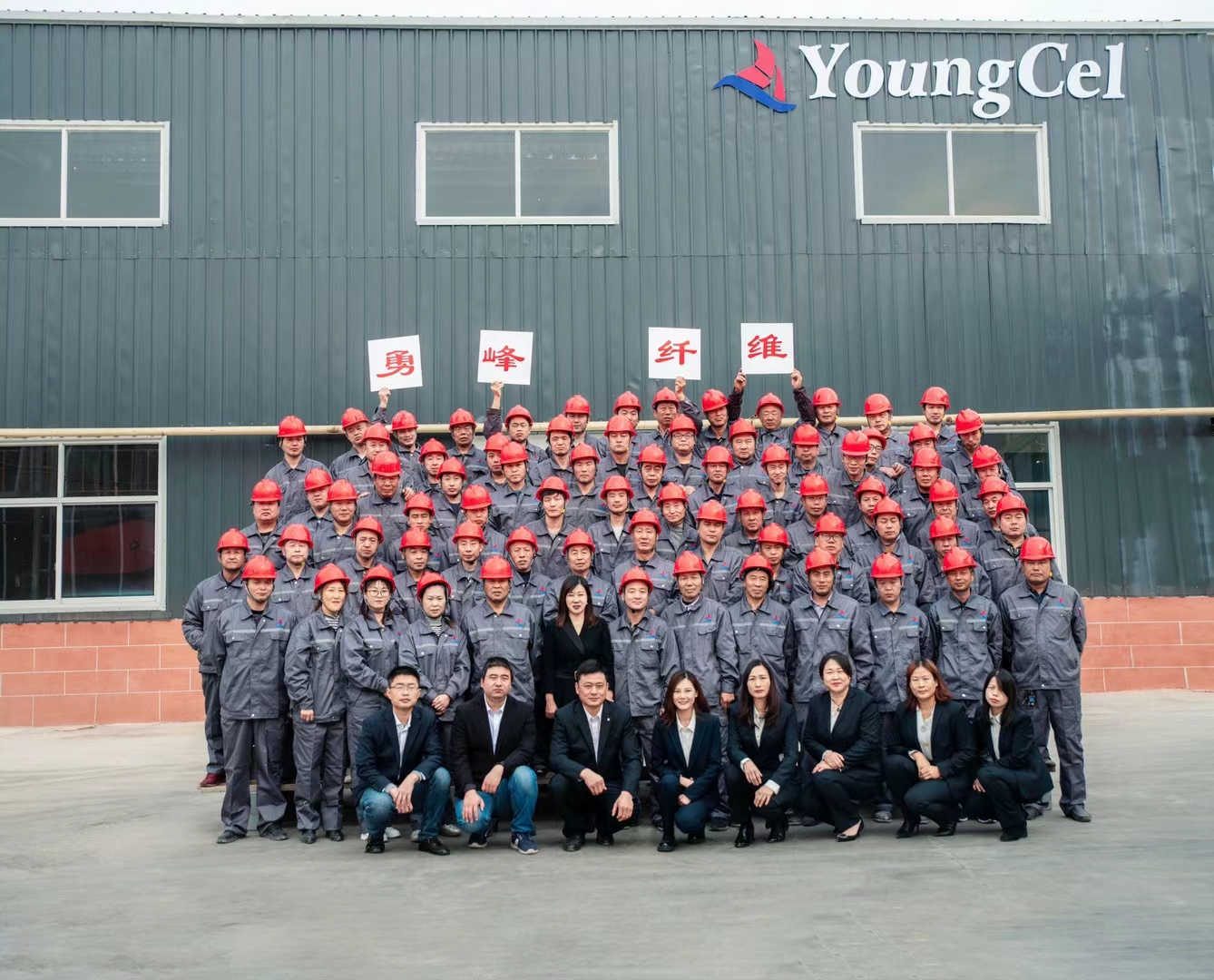Understanding Cellulose Esters Focus on Hydroxypropyl Methylcellulose (HPMC)
Cellulose, a natural polymer derived from plant cell walls, is a versatile and abundant biomaterial. Among its various derivatives, cellulose esters have gained significant attention, particularly Hydroxypropyl Methylcellulose (HPMC). This cellulose ether is widely utilized across multiple industries, including pharmaceuticals, food, and construction, due to its unique properties and functionalities.
What is Hydroxypropyl Methylcellulose (HPMC)?
Hydroxypropyl Methylcellulose is a semi-synthetic polymer formed by the modification of cellulose through the introduction of hydroxypropyl and methyl groups. This modification enhances the solubility of cellulose, allowing it to dissolve in cold water, which is critical for many applications. HPMC is known for its functional properties such as thickening, emulsifying, and film-forming capabilities. These characteristics make it an essential ingredient in various formulations, particularly in pharmaceuticals, where it serves as a binding agent and controlled release polymer in tablets and capsules.
Applications in Pharmaceuticals
In the pharmaceutical industry, HPMC is revered for its role in drug formulation. Its ability to form gels and maintain viscosity at various temperatures allows for the production of sustained-release drug formulations. This is particularly beneficial for patients requiring long-term therapy, as it promotes a steady release of active ingredients, enhancing their therapeutic efficacy. Furthermore, HPMC is also employed as an excipient in ophthalmic solutions and in the formulation of hydrogels for wound care, offering enhanced comfort and better healing conditions.
Role in Food Products
cellulosa esther (hpmc)

In the food industry, HPMC serves various functions. It acts as a thickener, stabilizer, and emulsifier in many food products, including sauces, dressings, and dairy items. The ability of HPMC to retain water and improve texture is crucial in enhancing the mouthfeel and overall sensory experience of food products. Additionally, it contributes to the shelf life of certain products by preventing the separation of ingredients, ensuring consistency and quality in the final offerings.
Construction and Building Materials
HPMC's versatility extends to the construction sector, where it is used in cement-based materials and tile adhesives. In these applications, HPMC improves workability, adhesion, and water retention, making it easier to apply mixtures while enhancing their performance. The presence of HPMC in these materials allows for longer open times, essential for larger projects where prolonged application and correction are needed.
Environmental and Safety Considerations
One of the notable advantages of HPMC is its safety profile. It is generally recognized as safe (GRAS) by the FDA, making it suitable for a wide range of applications without adverse health effects. Moreover, it is biodegradable, aligning with the increasing demand for sustainable materials in an environmentally conscious world.
Conclusion
Hydroxypropyl Methylcellulose exemplifies the versatility of cellulose esters, showcasing their potential across various industries. From pharmaceuticals to food and construction, HPMC continually proves to be an invaluable component in enhancing product performance, stability, and consumer satisfaction. As research advances and applications expand, HPMC's role is likely to grow, making it a significant player in the landscape of biodegradable and sustainable materials. The ongoing exploration of cellulose derivatives highlights the importance of natural polymers in meeting modern challenges and demands across multiple sectors.
-
Premium Detergent Grade HPMC Hydroxypropyl Methylcellulose: Superior Thickening & StabilityNewsAug.31,2025
-
HEC 100000 Hydroxyethylcellulose for Paint | Superior ThickeningNewsAug.30,2025
-
Wall Putty Rdp Powder Packaging DesignNewsAug.29,2025
-
Introduction to Hpmc Hydroxypropyl Methyl CellulosNewsAug.29,2025
-
Hpmc Industri Grade IntegrationNewsAug.29,2025
-
How to Choose the Right Construction AdhesiveNewsAug.29,2025




